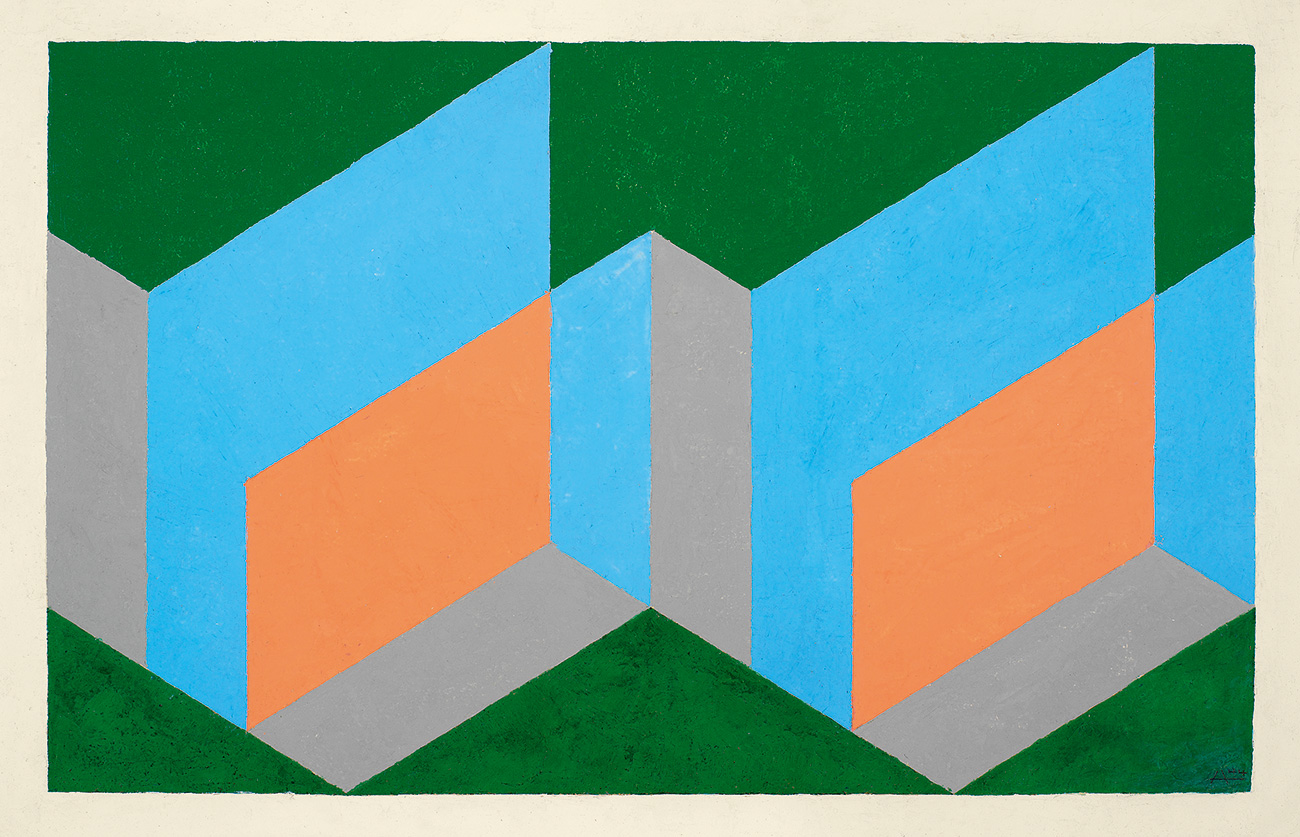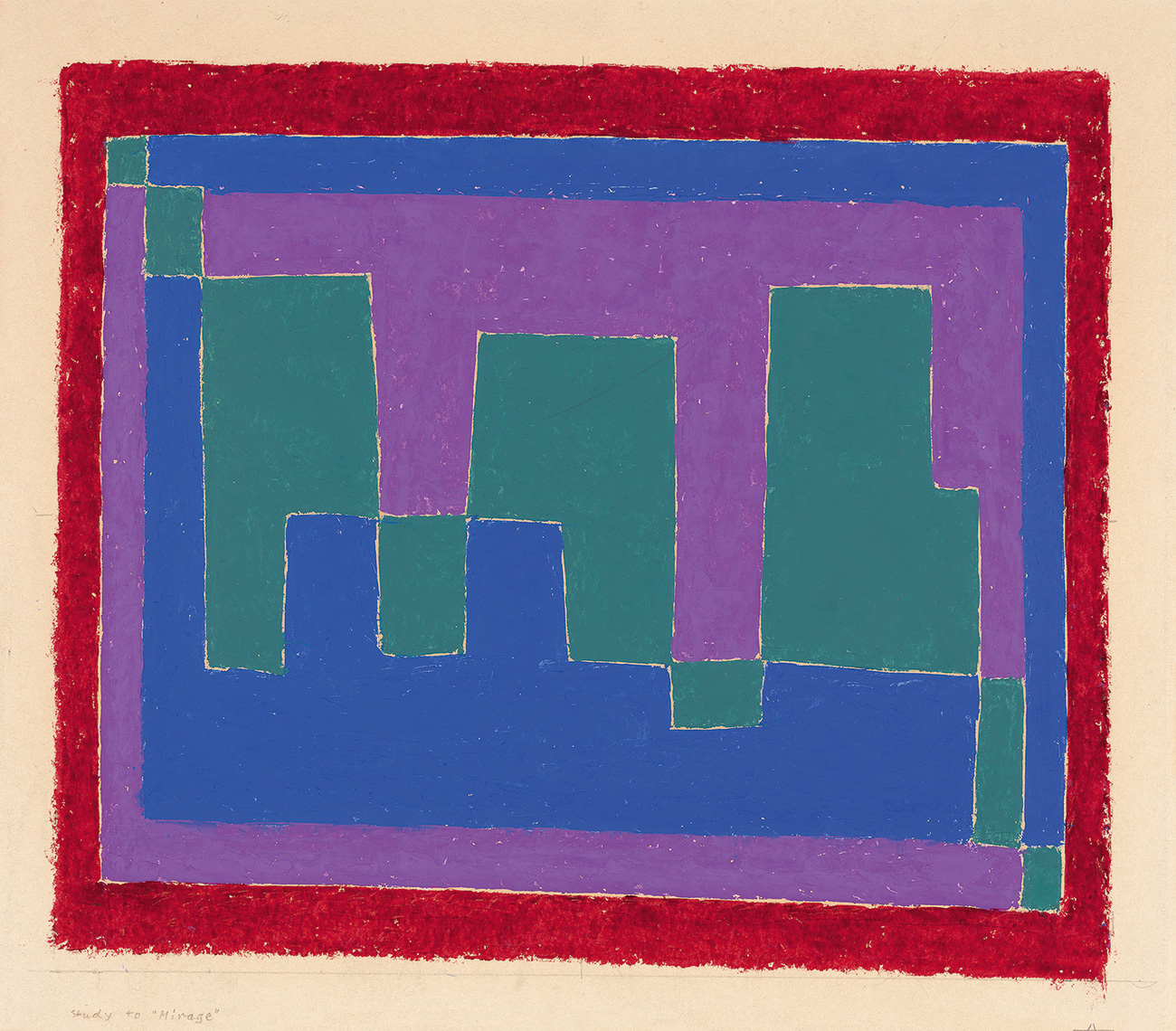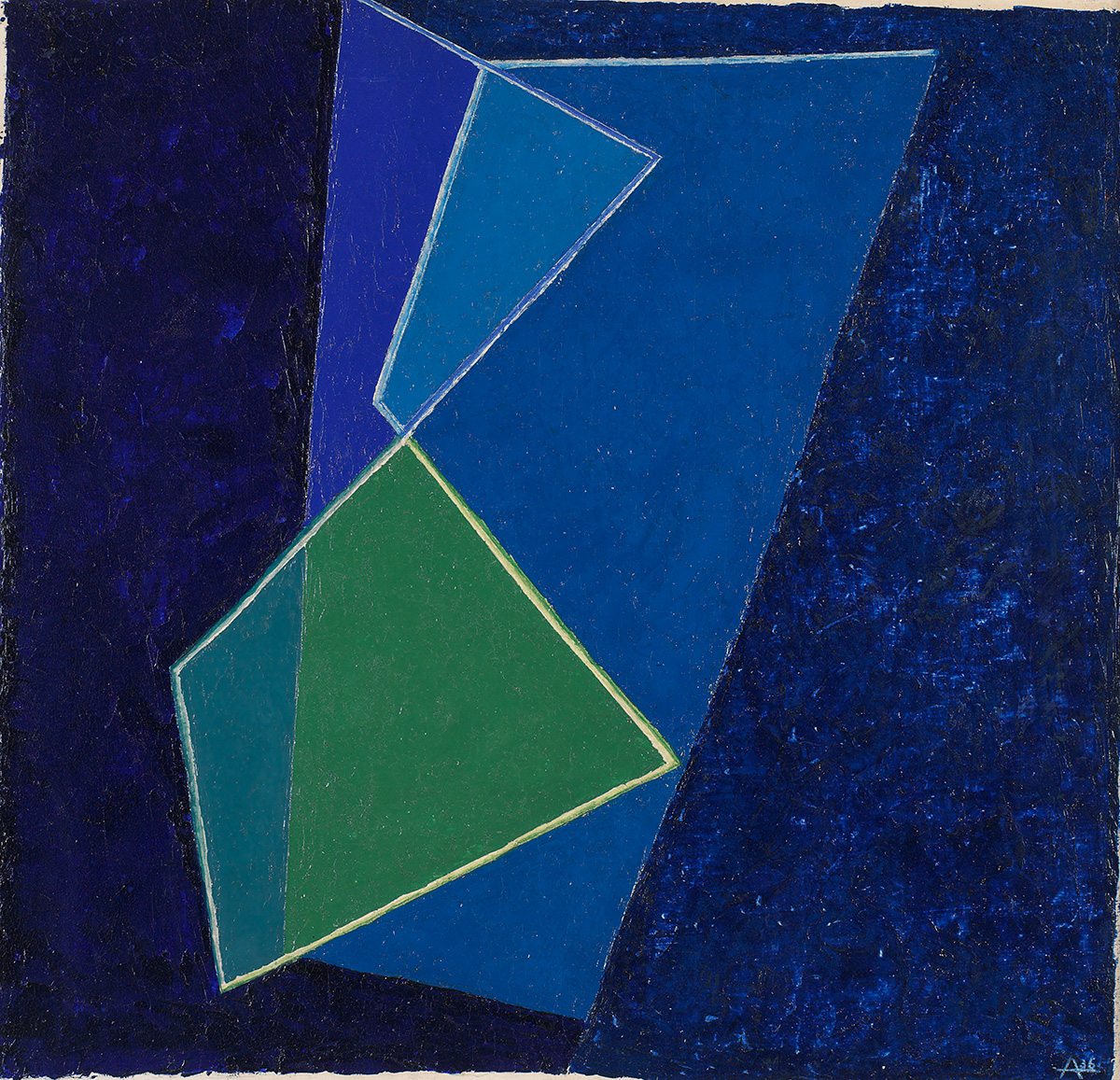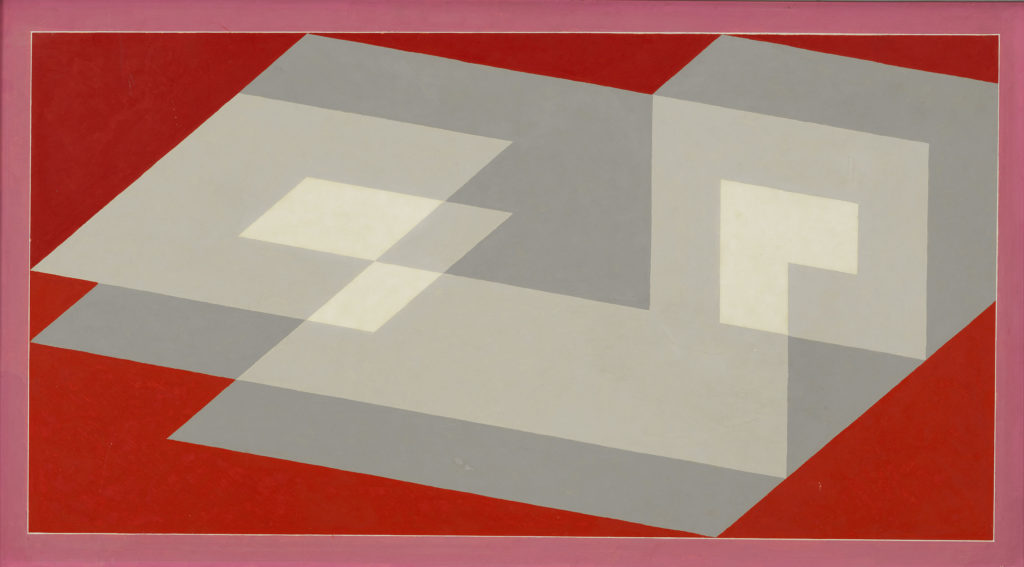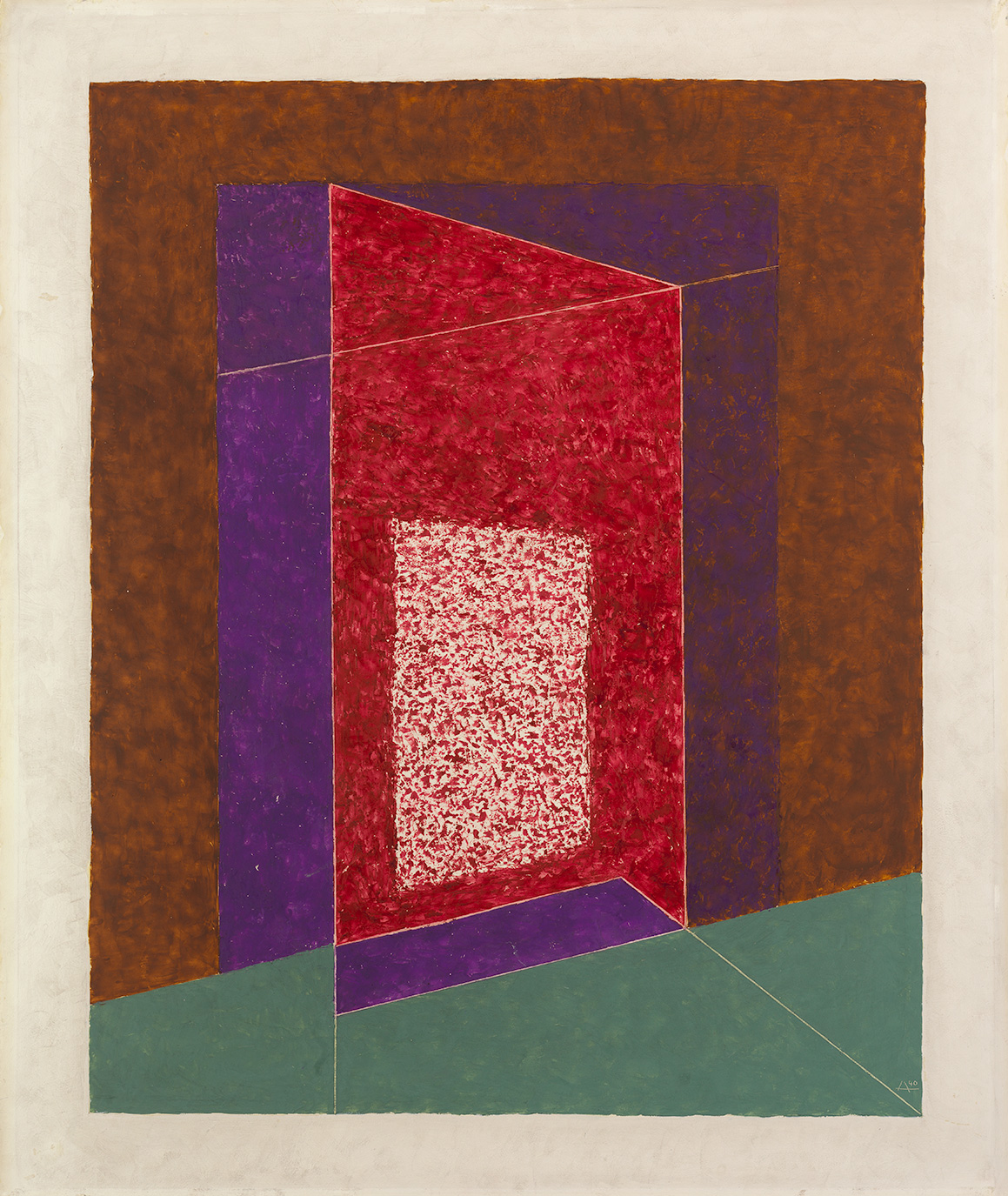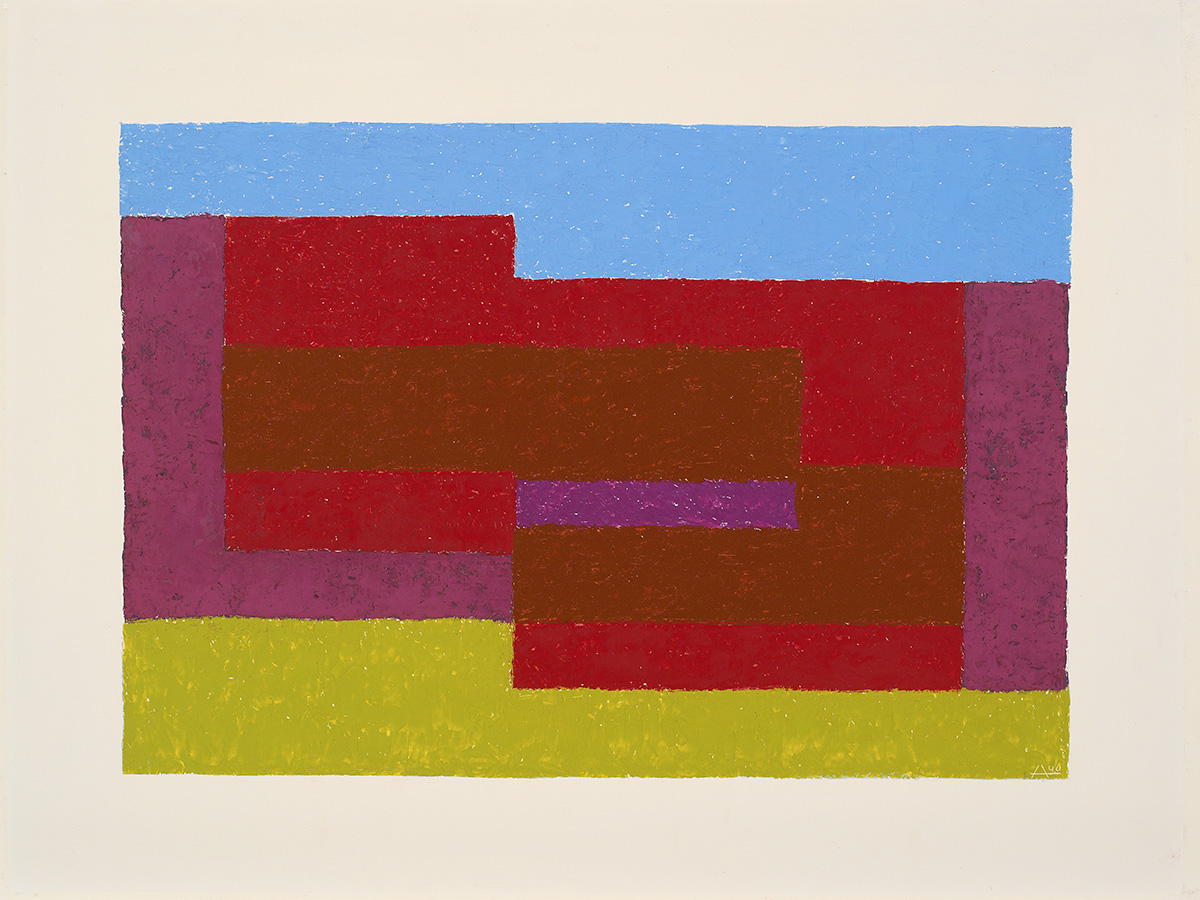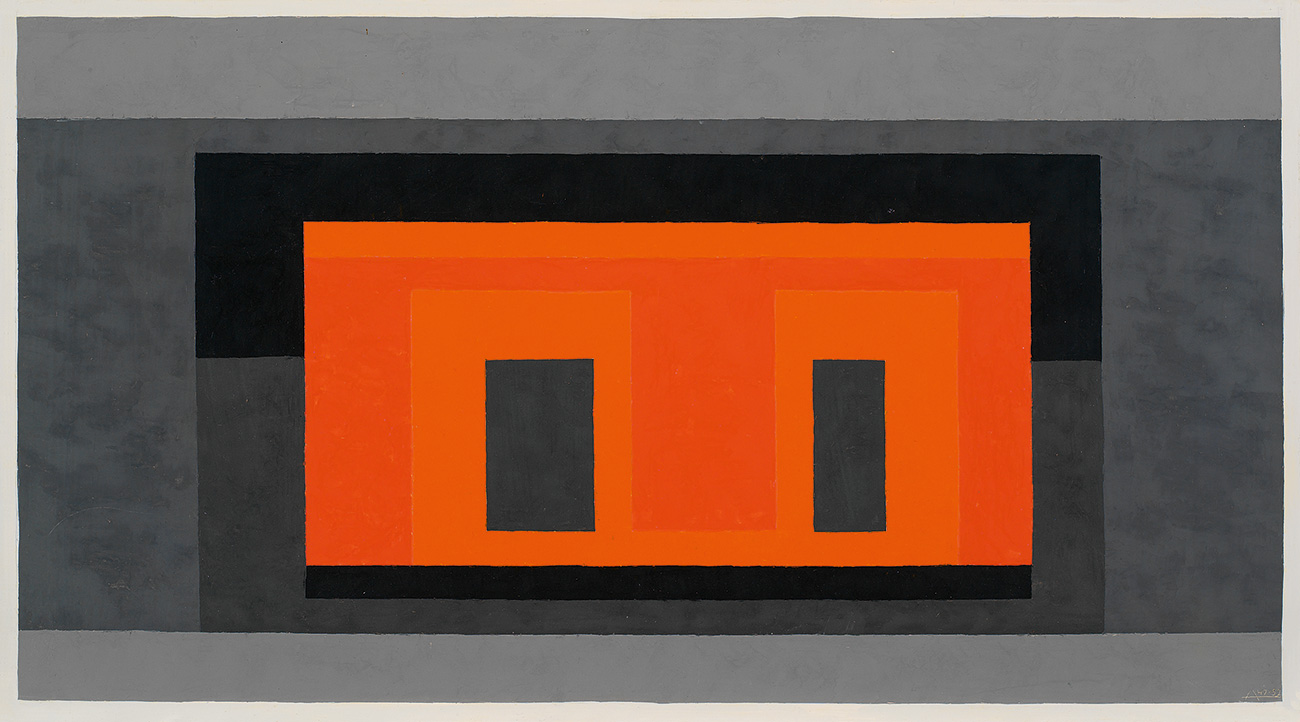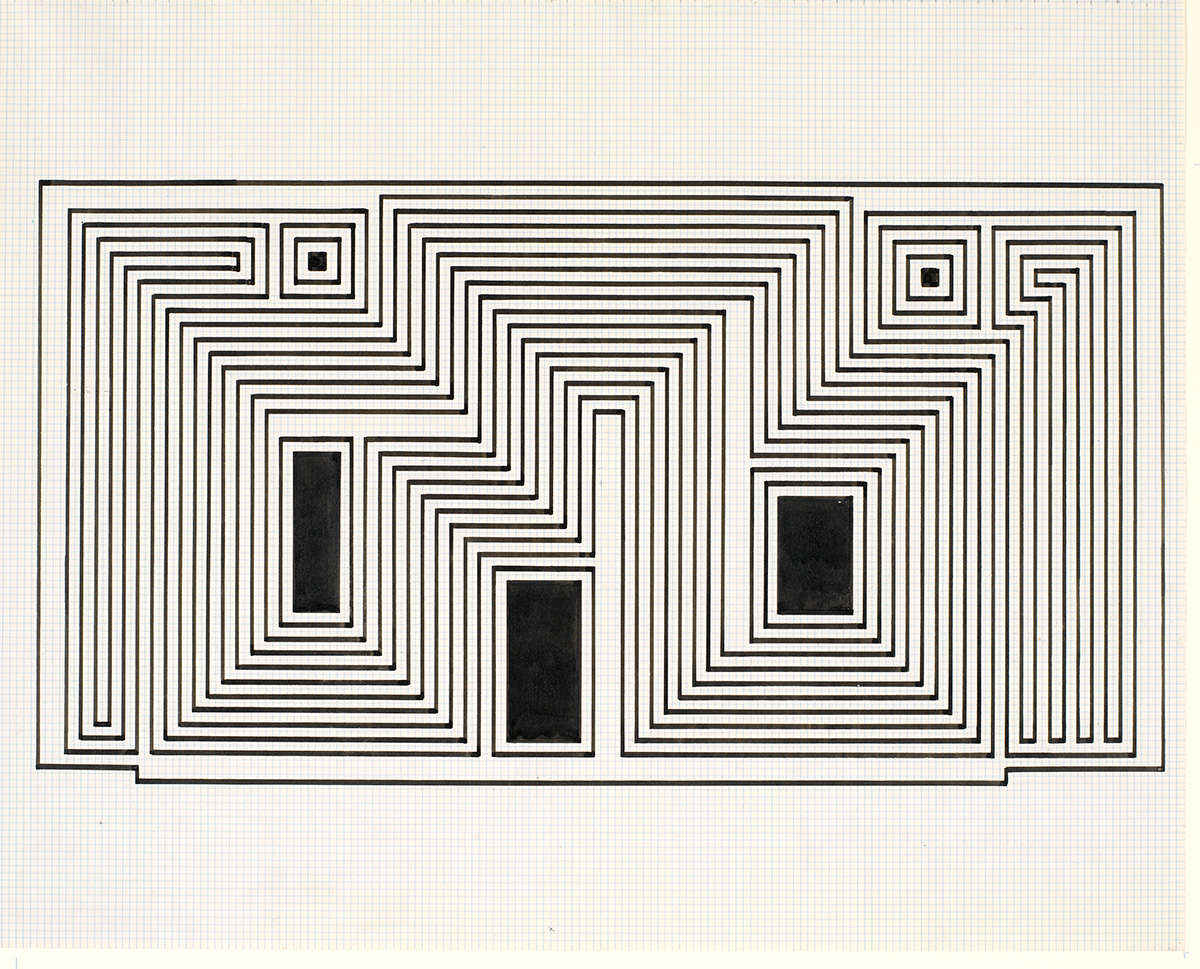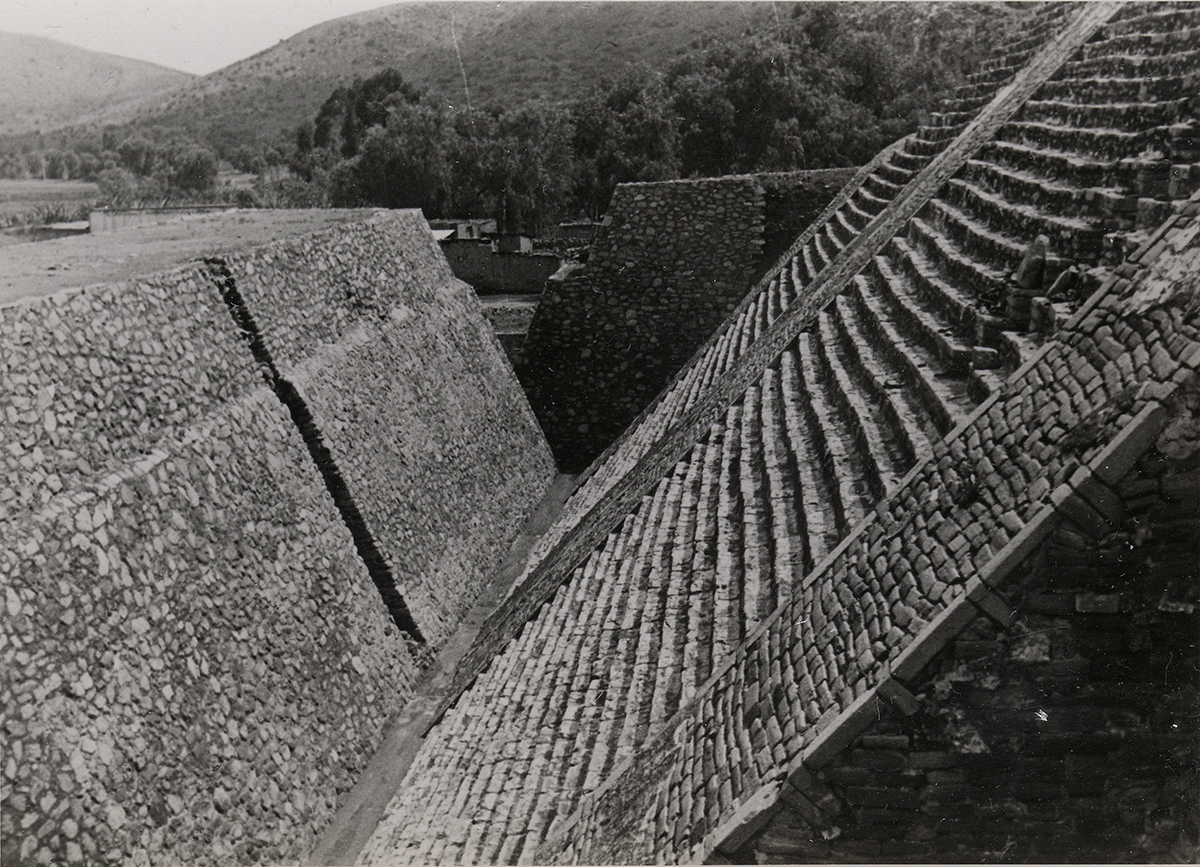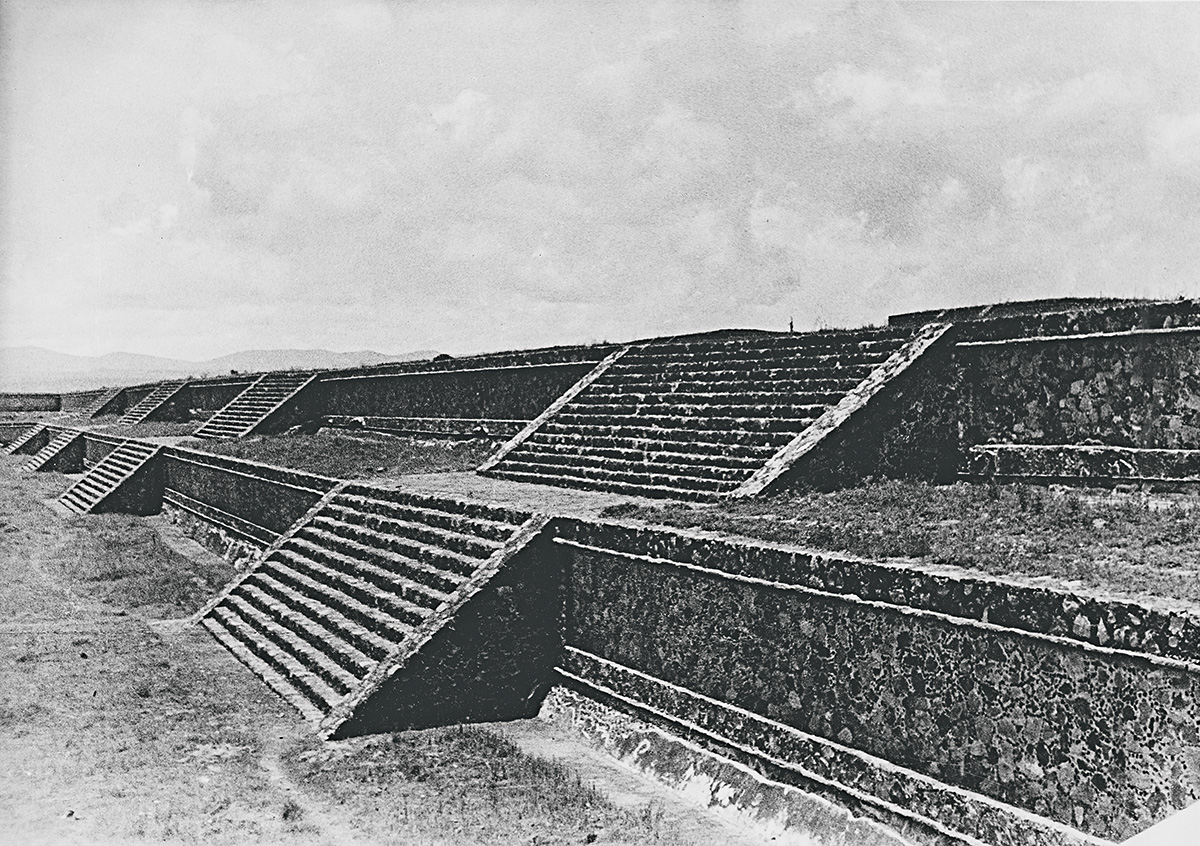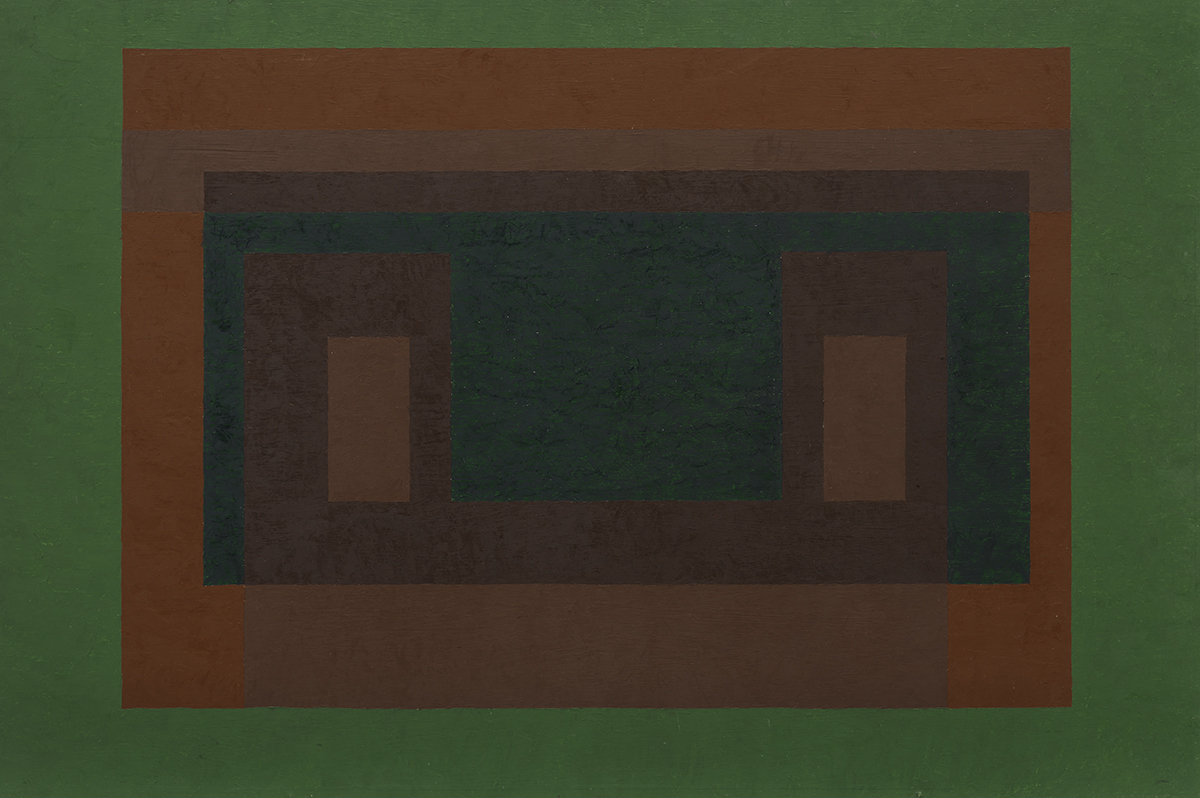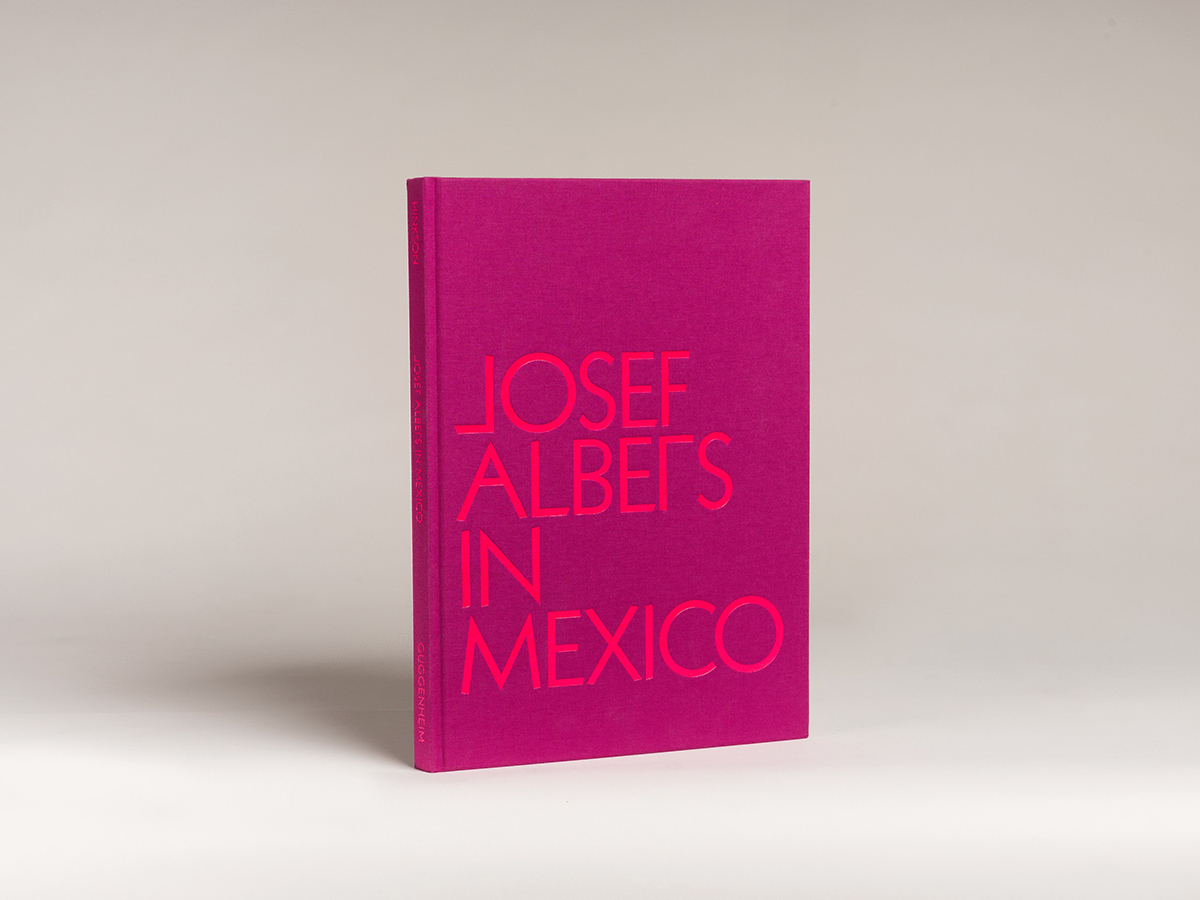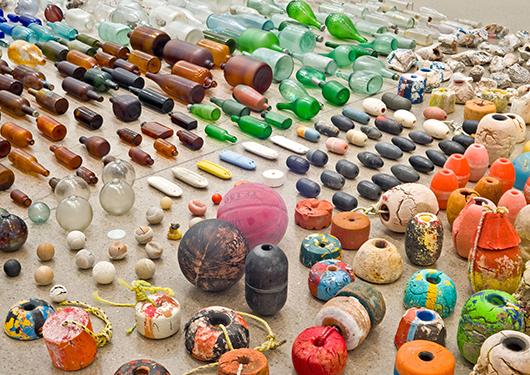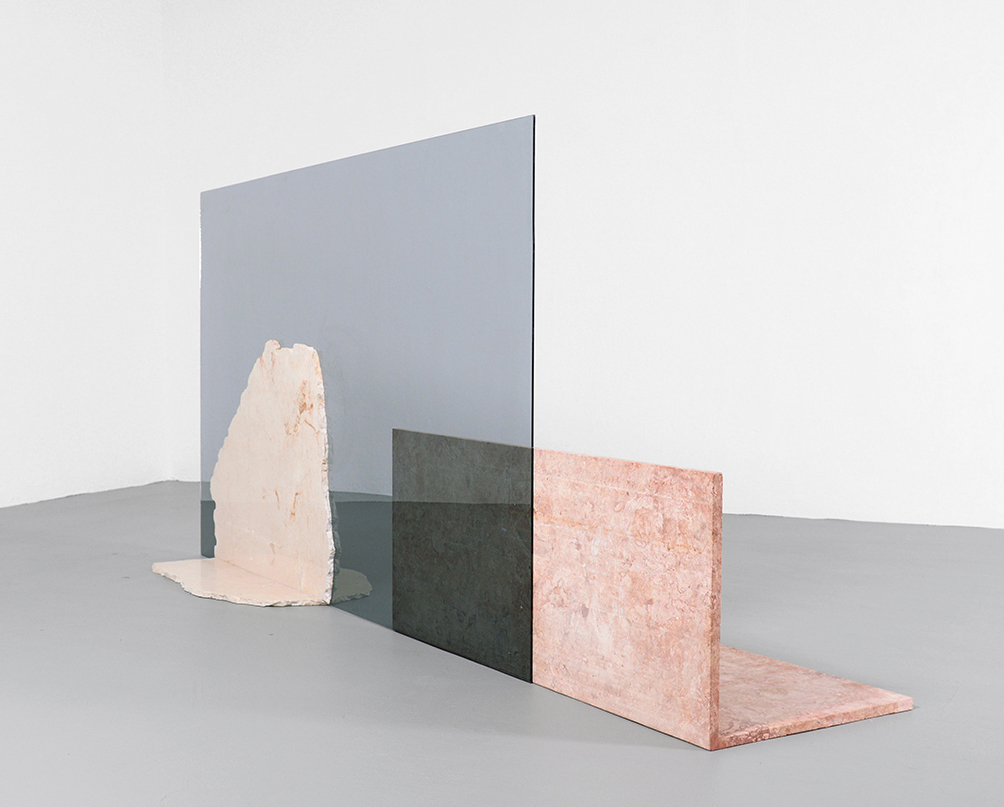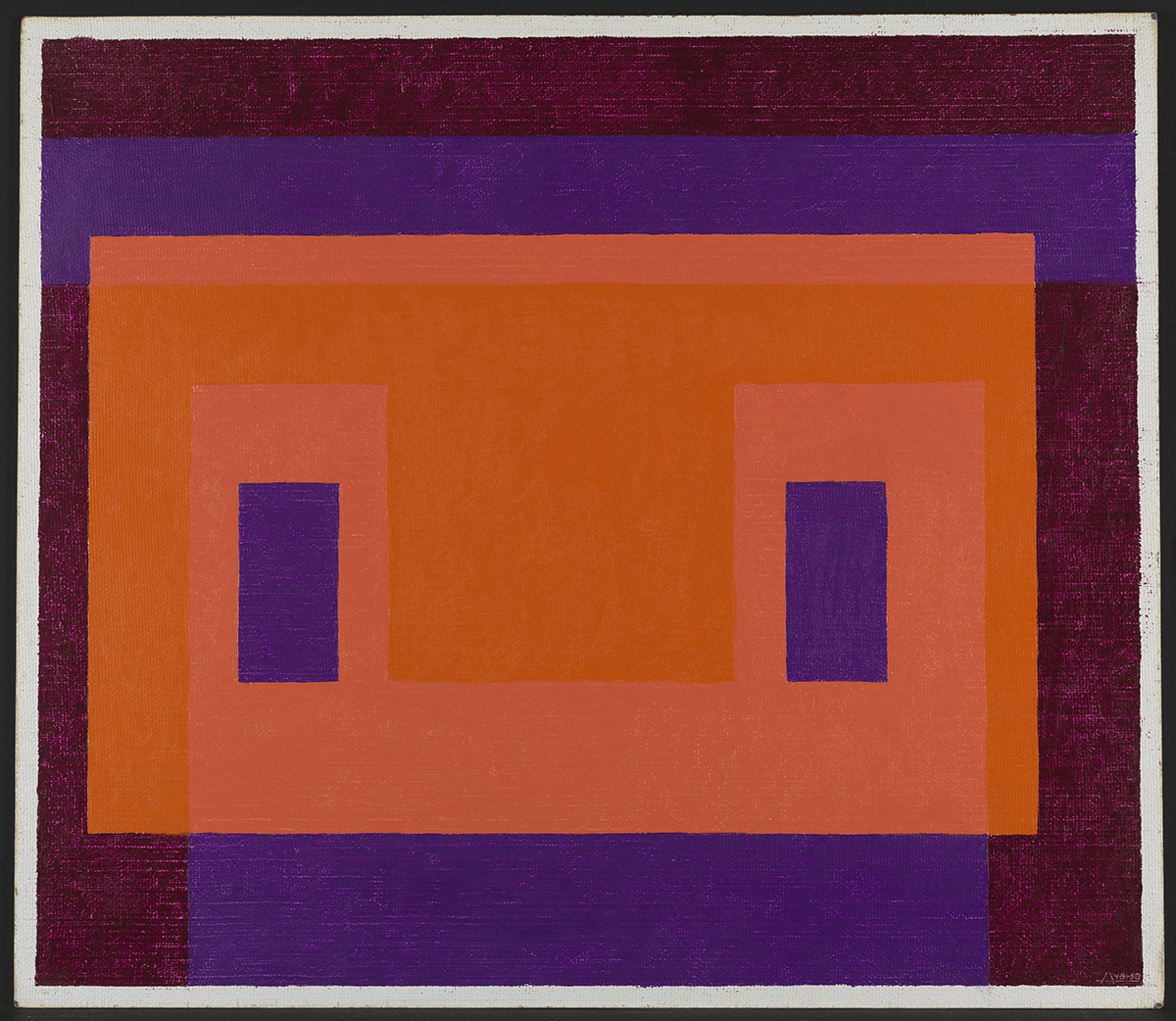
12.08.17
Excerpt: Exhibition
Josef Albers is One Of Design’s Biggest Influences — See What Inspired the Artist Himself
Things have changed quite a bit since we began Sight Unseen eight years ago, but one interview question has remained steadfast in our arsenal: Who are your biggest influences? And while the same answers tend to pop up often enough — Barbara Hepworth, Agnes Martin, Luis Barragán, Donald Judd — there’s one name that seems to get checked more than anyone else: Josef Albers, the 20th-century artist, educator, and designer, whose book, Interaction of Color, is one of the most essential design texts ever written. Perhaps Albers’s influence is so wide because of the multidisciplinary nature of his work — he touches artists, designers, architects, photographers, and graphic designers equally — but it also might have something to do with color being the most important yet illusive of all materials.
In a new exhibition at the Guggenheim, one of Albers’s own greatest influences is laid bare: Called Josef Albers in Mexico, the exhibition charts the period from 1935 to 1967, when Albers and his wife, Anni, traveled to Mexico more than a dozen times. On their frequent trips — from their first post-Bauhaus home in Asheville, North Carolina and then from New Haven, Connecticut — they drove to archaeological sites throughout the country, from Monte Albán and Teotihuacán to Oaxaca and Chichén Itzá, studying the ruins, amassing a collection of sculptures and ceramics, and creating meticulous photo documentation of the pre-Columbian art and architecture that would go on to inform his work. “For Josef, the complex abstract vocabulary of pre-Columbian art and architecture embodied the principles he and Anni espoused in their work and teaching. With limited knowledge of the cultures that had built the structures they admired, the Alberses celebrated those civilizations’ dynamic geometric forms and truth to materials — values the couple sought to renew in modern art and design.”
In the exhibition, photographs and photocollages from six different locations in Mexico are on view alongside the many ink on paper and oil on masonite studies Albers created inspired by them. In addition, the last room contains instances from Albers’s Homage to a Square series, which was said to have been inspired in part by the doorway of an adobe hut. Staring at Albers’s photo grids, it’s hard not to think of the artist as some sort of 20th-century proto-Instagrammer, documenting and cataloguing his favorite architectural details, travels, and companions for some future audience. The irony, of course, is that they’ve never been seen before now.
For more on Albers and exhibition, go to the Guggenheim blog, where I’m interviewed today about Albers’s influence on contemporary design. And if you’re in New York, consider this exhibition essential viewing before it closes March 28, 2018.
